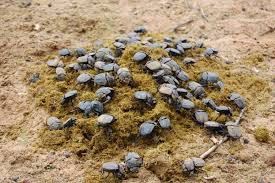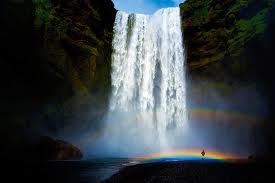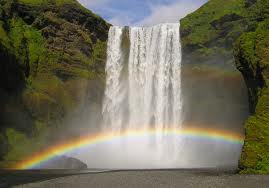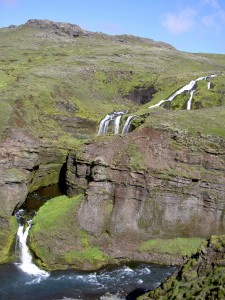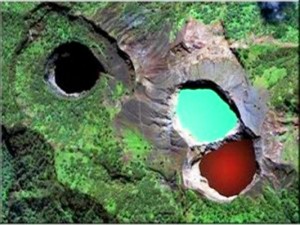The Dung Beetle. Despite the bad reputation the Dung Beetle receives, mostly from its unappealing name, is an organism which deserves much more appraisal. Its generally unrecognized intelligence is what makes this creature suitable for my nature blog. Its innate capability of navigation is remarkably unique nor has not been seen anywhere else in the animal kingdom.
The Dung Beetle can thrive on any continent (besides Antarctica) and can live in a wide variety of habitats including grasslands, deserts, forests, wetlands, or farmlands. These beetles are known for searching for nearby dung with their acute sense of smell, and then rolling the feces into a ball to roll away. The Dung Beetles want to secure their fragment of the feces thereby rolling it into a ball and pushing it miles away–always in a straight line despite oncoming obstacles. Depending on the species of the Dung Beetle, the insect will either feed on the feces, live inside of it, or bury it into the ground. This insect plays a vital role in propagating dead matter for detrivores to feed off of. Some unique species of Dung Beetle can push up to 1414 times their own body weight, the equivalent to a human pushing six double-decker buses full of people. Despite all these astounding facts, these are not the reasons why I picked this insect for my blog.
As stated early, the Dung Beetle is known to roll a ball out of feces and push it in a straight line for miles, even if obstacles stand in the way. After selecting their fecal matter and rolling it into a seemingly perfect sphere, the beetles are known to dance around the dung with their head and legs pointed into the sky. It has been very recently proven that this ritualistic dance is not a performance but reconnaissance. The beetle is looking up at the sky, specifically the light emitted by the Milky Way, sun and moon, to gain a grasp of their geographic/cosmic location. This beetle is the only known insect and, besides birds, seals, and humans, to use the stars as an internal navigation system.
The Dung Beetle is an extraordinary creature, with extreme importance in the animal kingdom. The insects utilize intellectual navigation skills to aid in the propagation of fertilizing the earth and detrivores with dead organic matter. Through years of evolutionary benefit, these celestial cartographers were somehow able to recognize the cosmic bodies and use them as road map.

